
Scientists Invent Smart Tooth That Grows Into Your Gums And Connects To Nerves Like the Real Thing
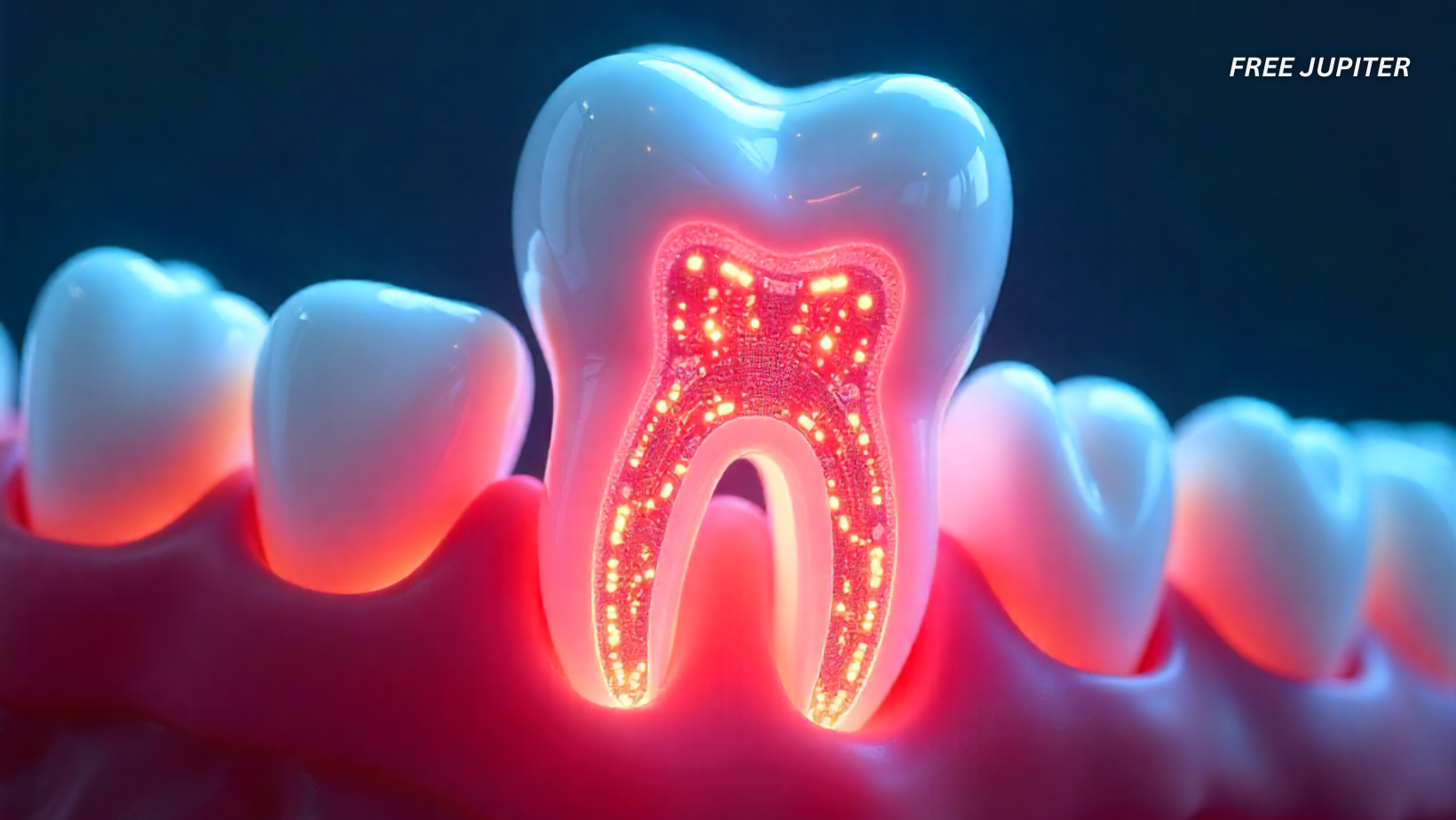
What if getting a dental implant didn’t just fix your smile—but also reconnected your tooth to your nervous system? Sounds like something from a sci-fi movie, right? Believe it or not, scientists at Tufts University are working on turning that futuristic idea into reality.
Say hello to the “smart tooth”—an experimental new kind of dental implant that does much more than simply fill a gap in your gumline. It’s designed to grow into your tissue, reconnect with your nerves, and—here’s the revolutionary part—restore sensation that most people lose after tooth extraction.
Let’s dive into how this remarkable innovation could reshape not just dentistry, but the broader world of medical implants. It's not just a tooth—it's a new frontier.
Traditional Implants: Durable but Numb
Most dental implants today are made from titanium—a tried-and-true material that's strong, stable, and built to last. These implants are shaped like screws and are surgically inserted into the jawbone. Once healed, a prosthetic crown is placed on top to mimic the appearance and function of a natural tooth.
They work exceptionally well for chewing, speaking, and restoring a confident smile. But there’s one major drawback: they don’t feel anything.
That’s because traditional implants don’t—and can’t—reconnect with the complex web of nerves that once existed inside your original tooth. When a natural tooth is lost, so is the sensory connection to your brain. Hot drinks, cold foods, pressure when chewing—those sensations vanish.
Over time, this loss of feeling can have unexpected consequences. Without sensory feedback, your brain has to rely on less accurate cues to control chewing, biting force, and even speech coordination. People with implants sometimes unconsciously favor other teeth, leading to uneven wear, strain on facial muscles, or subtle shifts in bite alignment.
In essence, you end up with a tooth that looks real—but doesn’t act like it.
Enter the Smart Tooth: A Living, Feeling Upgrade
Tufts University researchers have introduced a radical rethink of the dental implant: what if an artificial tooth could become a biological part of your body?
Their solution? The smart tooth. At the core of this innovation is a biodegradable scaffold—an engineered, dissolvable casing that wraps around the implant. This scaffold is infused with stem cells and nerve-regenerating proteins.
Here’s how it works: once implanted into the jaw, the scaffold begins to break down slowly. As it does, the stem cells and proteins go to work, encouraging your gum and nerve tissue to regenerate and integrate with the implant.
Over time, the implant isn’t just a placeholder—it becomes part of your body. It bonds with surrounding tissues and even connects to your nerve endings, potentially restoring sensory feedback to your brain. This could mean that the implant not only holds firm but also allows you to feel again—pressure, temperature, and other subtle cues.
Yes, you read that right: a synthetic tooth that communicates with your nervous system.
Less Drilling, More Healing?
Another exciting feature of the smart tooth is that it may not need the traditional screw-and-drill method to stay in place. Instead of relying on mechanical force to anchor it into the jawbone, the smart tooth uses biological integration—fusing with the soft and hard tissue around it.
This could dramatically reduce pain, healing time, and complications associated with current implant procedures. In many cases today, bone grafting is required to bulk up the jawbone before implantation. With the smart tooth’s regenerative support system, this step might become unnecessary.
The result? A less invasive, more natural approach to replacing lost teeth.
So… Is It Working?
This all sounds incredible, but what’s the actual evidence?
So far, the smart tooth has been tested in rodents—and the results have been promising. Within just six weeks, scientists observed new nerve tissue beginning to grow into the implant. Even more importantly, the implant didn’t cause inflammation or immune rejection. The body accepted it.
These early successes are crucial. The fact that the implant is both biocompatible and shows signs of neural integration sets it apart from anything else on the dental market.
Researchers are now moving on to test whether the rodents’ brains are receiving signals from the implants. If confirmed, it could be the first step toward developing dental implants that not only look and function like real teeth—but feel like them too.
Scaling Up: From Rodents to Real Smiles
The next phase of the research involves testing in larger animals with anatomy and nervous systems closer to that of humans. Eventually, human clinical trials will be needed—but the early-stage data is encouraging.
If these smart teeth make it through safety and efficacy trials, they could become the new gold standard in tooth replacement. And because they’re designed to integrate with the body’s natural systems, they may even last longer than conventional implants.
But the real innovation goes deeper than dentistry.
Beyond Teeth: Living Implants Across Medicine
The principles behind the smart tooth—stem cells, biodegradable scaffolds, nerve regeneration—have massive implications for other areas of medicine.
Imagine orthopedic implants that restore feeling in joints. Think of prosthetic limbs that can sense pressure and temperature. Picture spinal discs that reconnect to nerves and transmit real-time feedback to the brain.
This technology could lead to a generation of medical devices that aren’t just functional, but sensory. Instead of lifeless replacements, we’d have “living” implants that cooperate with the body.
What started as a single smart tooth might be the first domino in a cascade of sensory-enabled prosthetics.
Final Thoughts: Why This Matters
It’s easy to underestimate the role a tooth plays in your life—until you lose one. But replacing a tooth is more than just a cosmetic fix; it’s about restoring function, comfort, and a connection to your own body.
With smart teeth, we may be entering a new era in medicine. One where implants aren’t rigid, numb devices—but dynamic, living components that adapt, communicate, and heal alongside us.
If you or someone you know has had a traditional implant, you’ll know how effective they can be—but also how strange they can feel. The smart tooth offers a future where that adjustment period could disappear entirely. Instead, your new tooth would feel like it always belonged there.
All thanks to a little biodegradable wrapper, some stem cells, and a lot of clever science.
Sometimes, the biggest breakthroughs come in the smallest packages—and this one fits perfectly inside your mouth.
News in the same category


What Your Feet Are Telling You

6 Health Benefits of Sleeping In a Cold Room and How to Make it Cooler- And Why You May Not Want to Use a Fan

10 Symptoms of Diabetes That May Show Up In Your Feet

This is what sleeping on the left side does for our brain, stomach & glymphatic health

12 Best Foods To Support Digestive and Gut Health

Study suggests anal cancer is on the rise and reveals who’s most at risk

Wife Complains of a Headache, Sleeps, and Dies Without Husband Knowing: This Type of Headache Requires Immediate Hospitalization!

Shocking Effects of Sleeping Less Than 7 Hours — What Really Happens to Your Body
Getting less than seven hours of sleep might feel harmless, but science shows it can quietly damage your body in ways you don’t expect. From hormonal imbalances to skin problems and even digestive issues, sleep deprivation affects far more than just you

Doctors Explain Why You Should Never Hold Back a Fart
On average, every person passes gas 14 to 23 times per day—it’s a natural part of being human and actually shows that your digestive system is functioning properly.
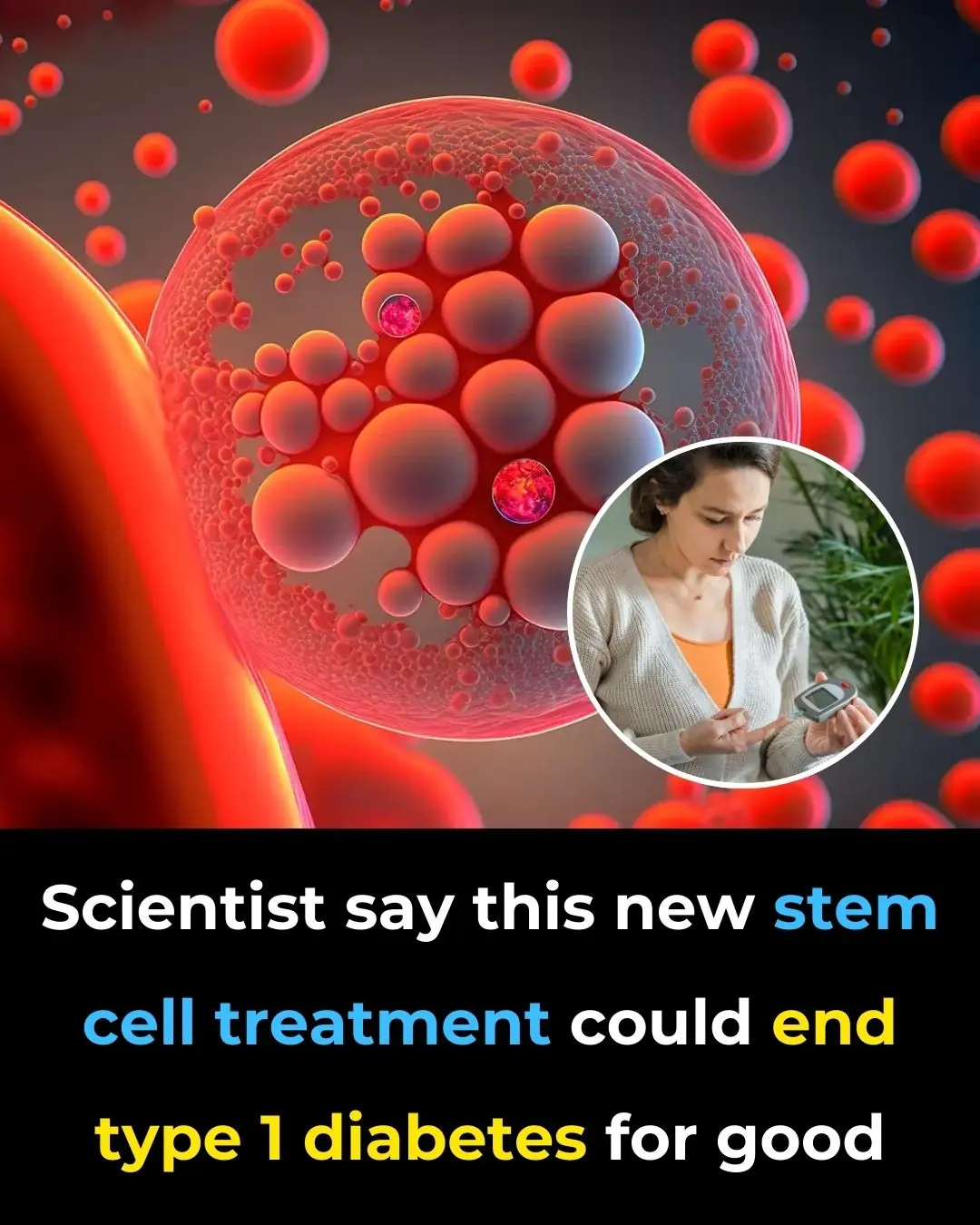
Scientists Say This New Stem Cell Treatment Could End Type 1 Diabetes for Good
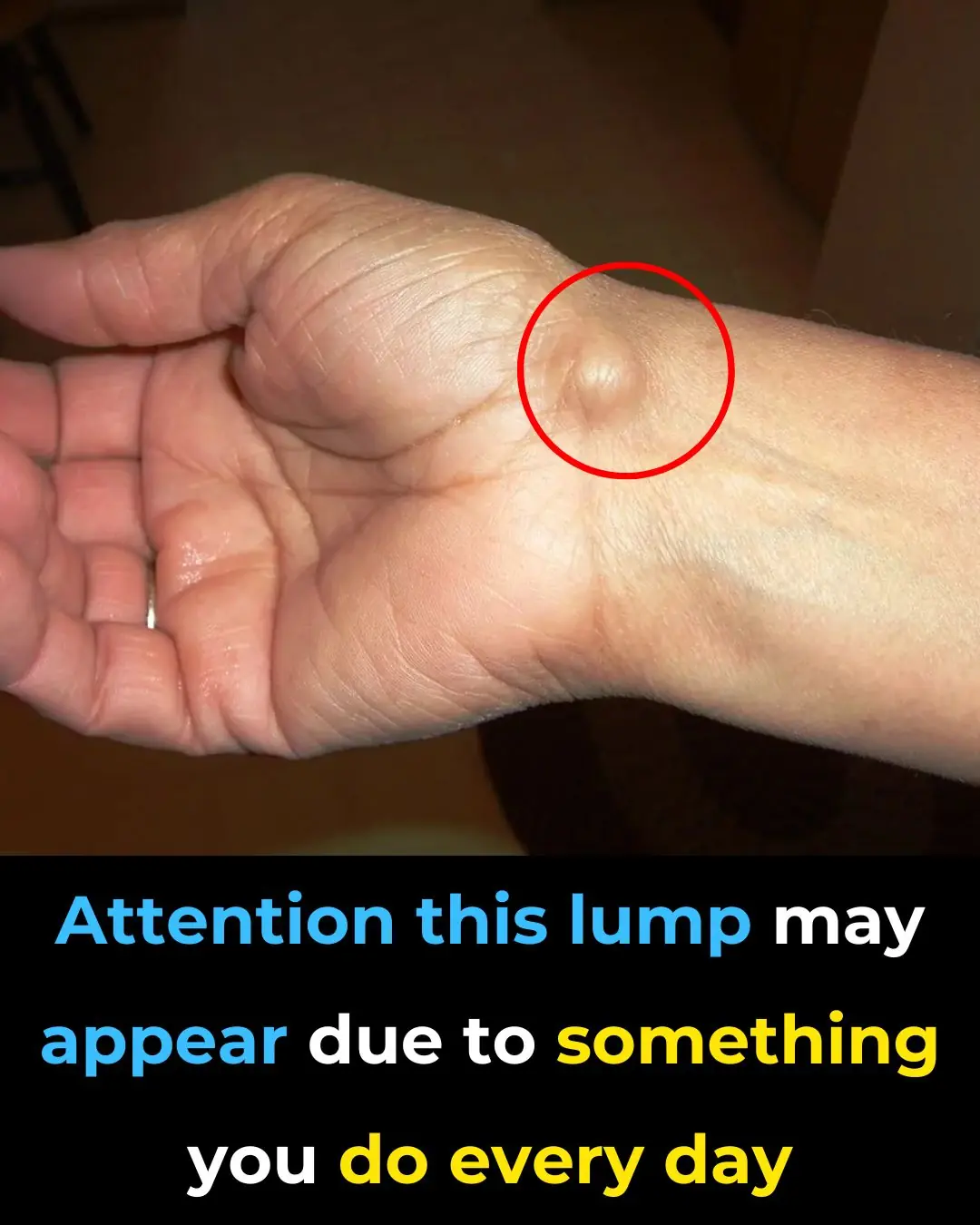
Everyday Habits That Can Cause a This Issue To Your Hands

My Nana’s Homemade Cure for Stubborn Throat Mucus That Works Every Time
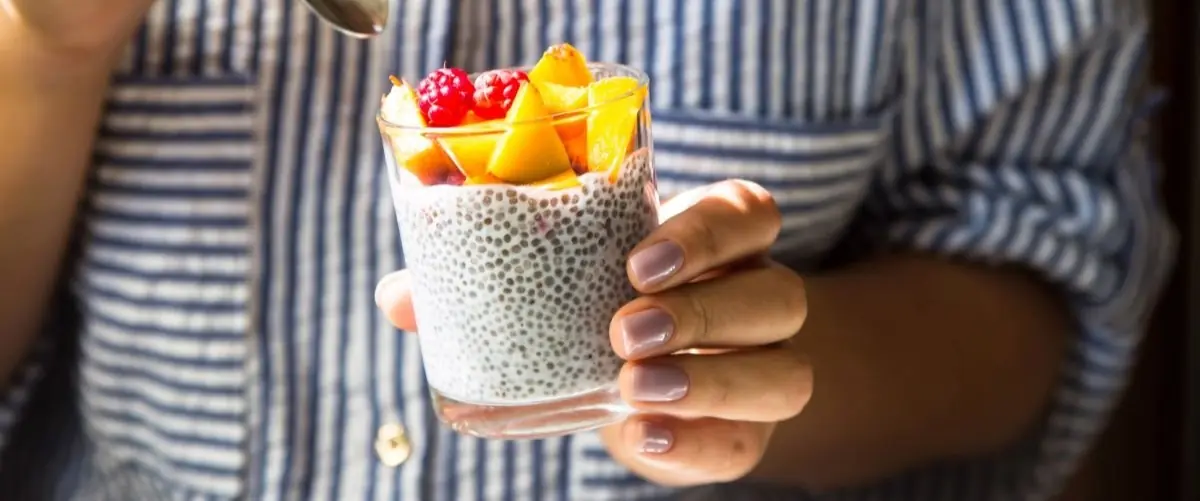
Doctors Are Shocked by What Happens When You Eat Chia Seeds First Thing in the Morning
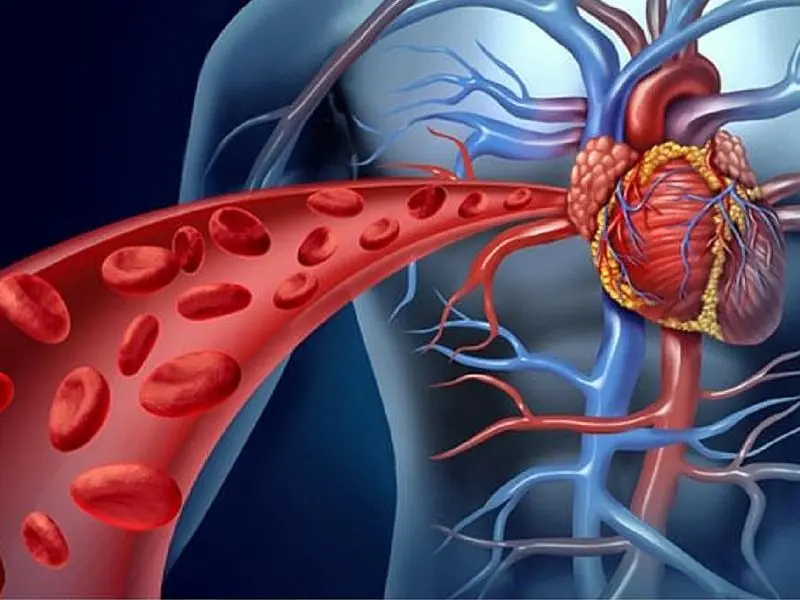
Warning Signs of Poor Blood Circulation That Are Easy to Ignore

Notice Incredible Results For Your Digestive Problems

Medical Myths Debunked: Chocolate Isn’t Heart-Healthy

Raising the Bar on Breast Cancer Screening and Management

Top 5 vitamins to supercharge circulation in your legs & feet
News Post

If Your Feet Swell It Is a Clear Sign

What Your Feet Are Telling You

6 Health Benefits of Sleeping In a Cold Room and How to Make it Cooler- And Why You May Not Want to Use a Fan

The Hidden Meaning Behind Leg-crossing — It’s More Than Just Comfort

10 Symptoms of Diabetes That May Show Up In Your Feet
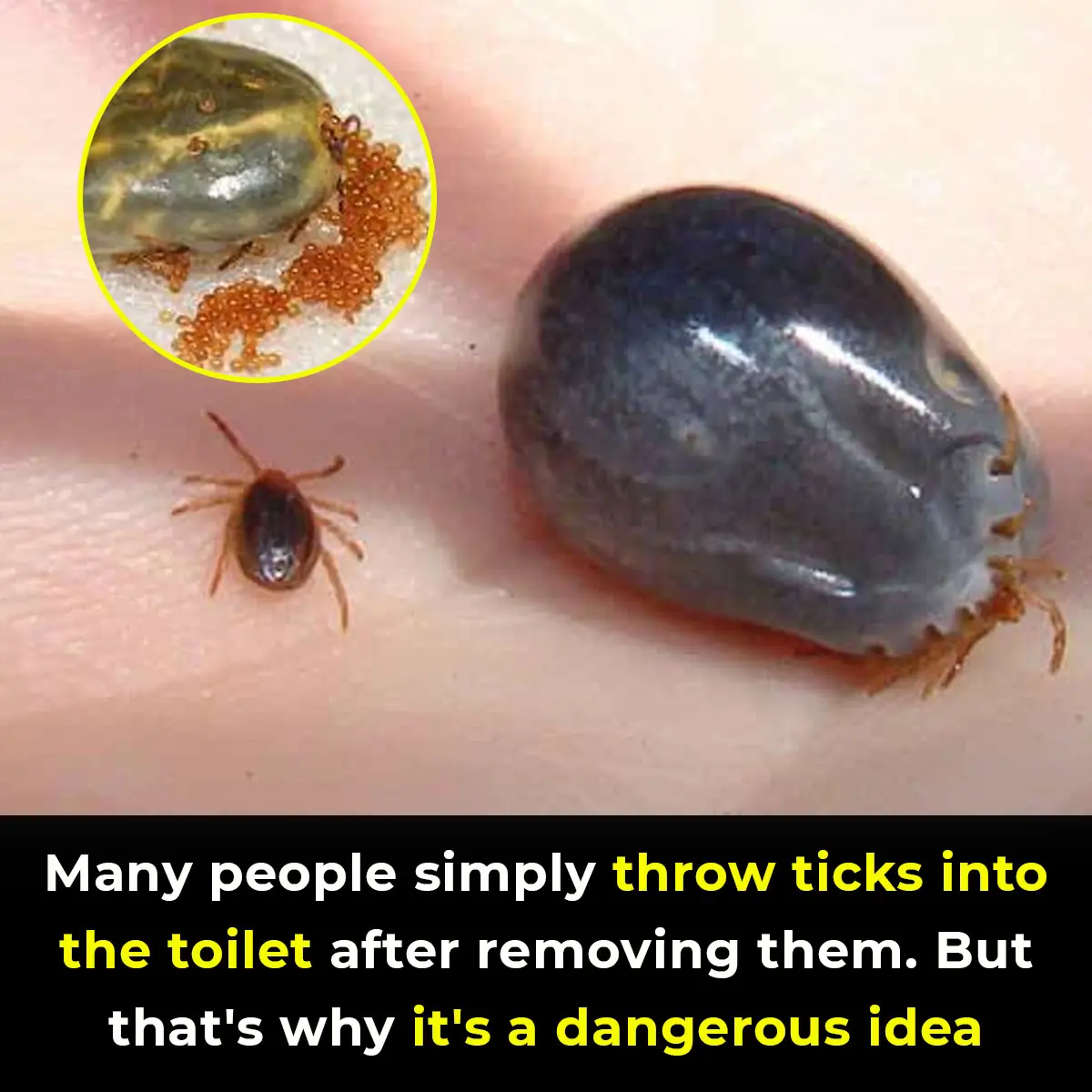
How To Properly Dispose of Ticks

This is what sleeping on the left side does for our brain, stomach & glymphatic health

12 Best Foods To Support Digestive and Gut Health

Study suggests anal cancer is on the rise and reveals who’s most at risk

Wife Complains of a Headache, Sleeps, and Dies Without Husband Knowing: This Type of Headache Requires Immediate Hospitalization!

Why Do You Keep Waking Up Between 3 and 5 A.M.? Causes, Explanations, and What It Means for Your Health
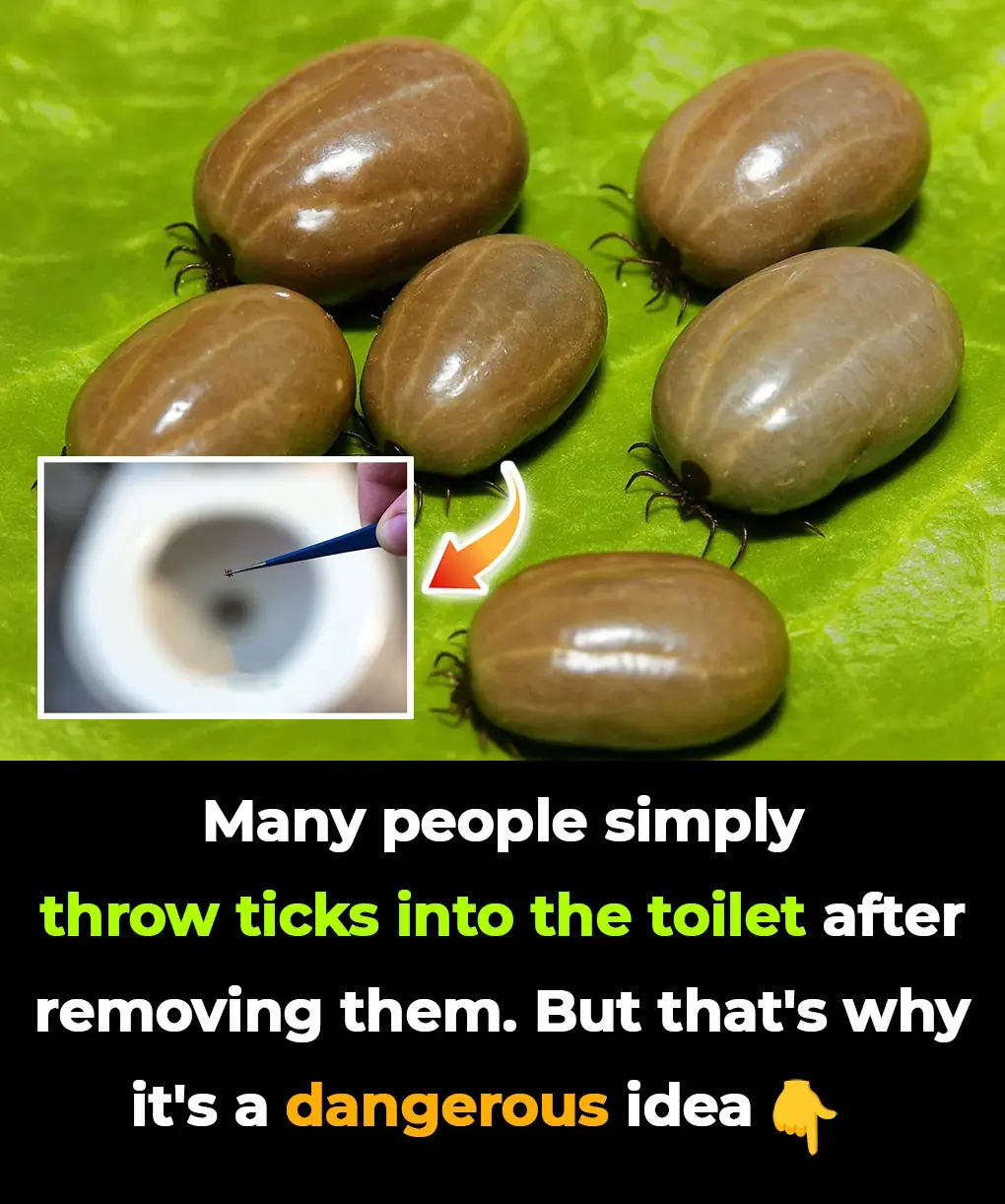
Deadly Secrets of Ticks: How to Remove and Dispose of Them Safely Before They Harm You
Ticks may be small, but their impact on human and pet health can be enormous.

Frankenstein Rabbits With Tentacle-Like Horns Spark Invasion As Rare Virus Causes Monstrous Mutations
Although they may look frightening or pitiful, they remain a natural example of how viruses can drastically alter an animal’s appearance.

Only the Sharpest Eyes Can Find All 6 Hidden Words in This Living Room Challenge
If you love solving puzzles and challenges, this viral hidden words image is just for you!

Shocking Effects of Sleeping Less Than 7 Hours — What Really Happens to Your Body
Getting less than seven hours of sleep might feel harmless, but science shows it can quietly damage your body in ways you don’t expect. From hormonal imbalances to skin problems and even digestive issues, sleep deprivation affects far more than just you
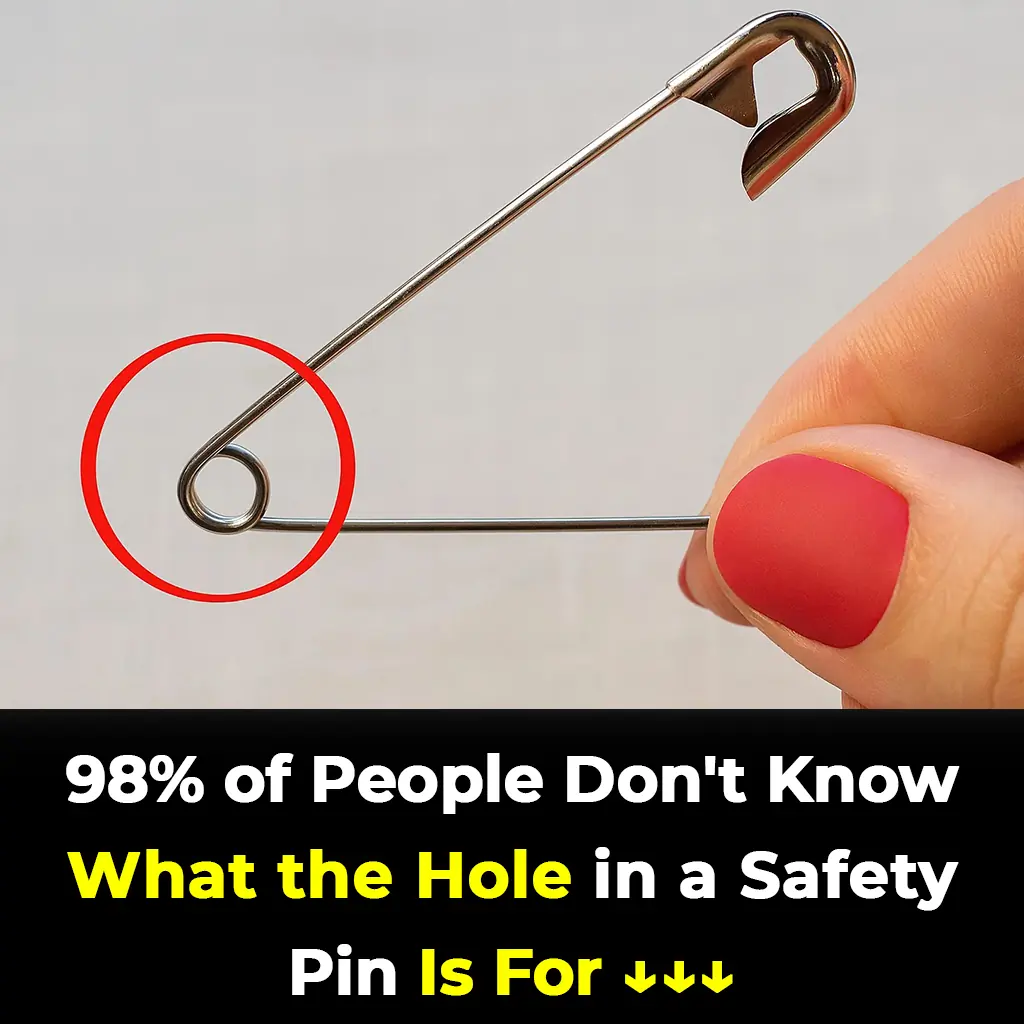
The Hidden Purpose of That Tiny Hole in a Safety Pin Will Surprise You
That tiny hole in a safety pin isn’t just decoration - it’s proof that even the simplest everyday tools can hide smart design secrets.

Doctors Explain Why You Should Never Hold Back a Fart
On average, every person passes gas 14 to 23 times per day—it’s a natural part of being human and actually shows that your digestive system is functioning properly.

This Appears to Be a Void in Space. In Truth, It’s Full of Stars in the Making
